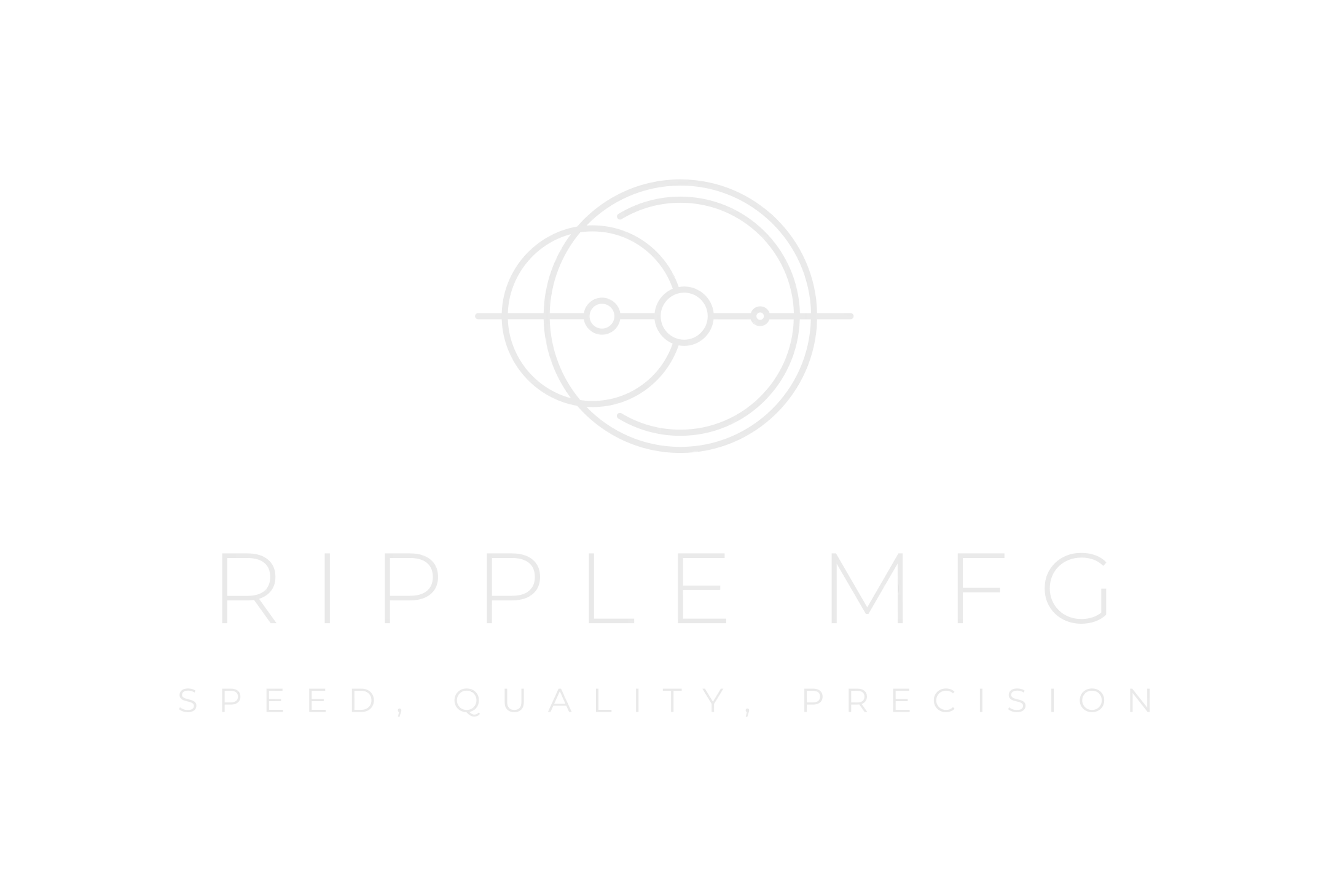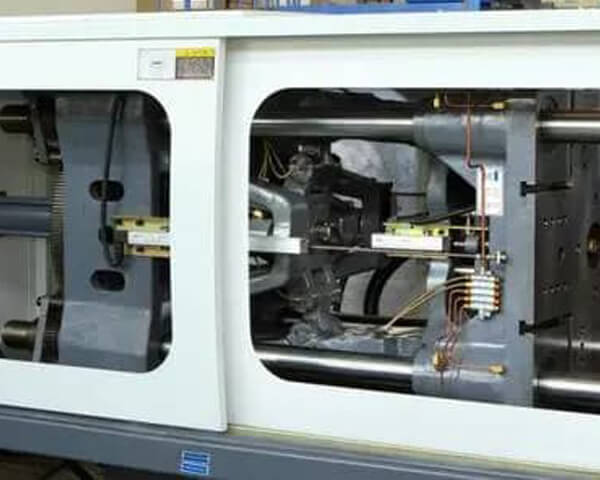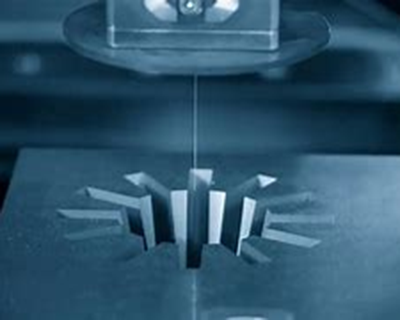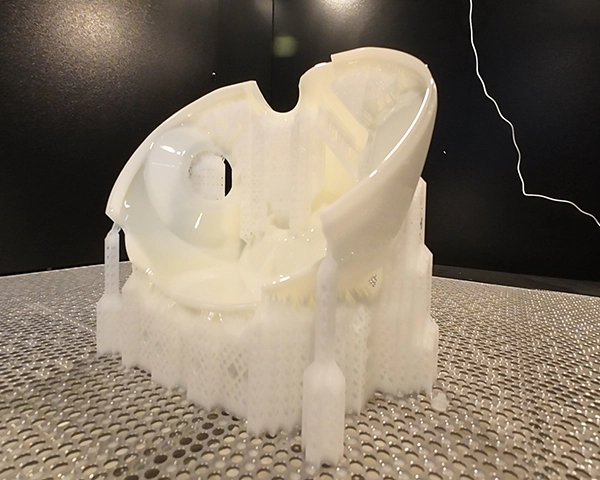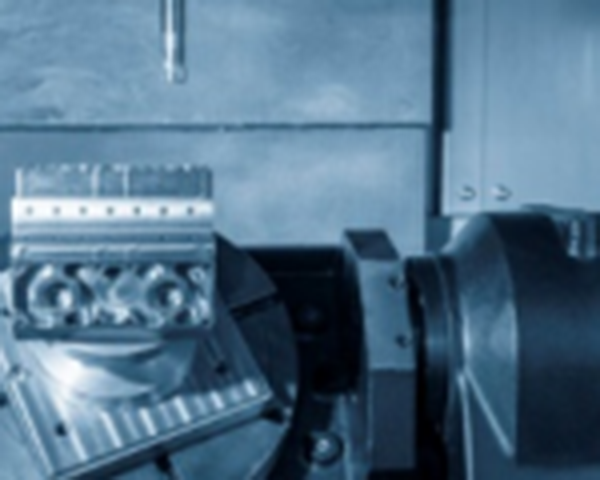In the ever-evolving world of medical technology, new advancements are constantly being made to improve the lives of patients. One such innovation that has revolutionized the field of prosthetics and orthopedics is urethane casting. This cutting-edge cast urethane service is transforming the way prosthetic limbs and orthopedic devices are manufactured, offering patients enhanced comfort and functionality.
What is Urethane Casting?
Urethane casting is a process that involves the creation of unique molds for prosthetic limbs and orthopedic devices using a specialized urethane material. This material is known for its flexibility, durability, and bio-compatibility, making it an ideal choice for medical applications. With urethane casting, medical professionals can produce custom-designed prosthetics and orthopedic devices that perfectly fit an individual's unique anatomy.
Benefits of Urethane Casting for Prosthetics
The use of urethane casting in the production of prosthetic limbs offers several significant benefits for patients. Firstly, urethane is a lightweight material that provides comfort and ease of movement. Unlike traditional prosthetics made from heavier materials such as metal, urethane prosthetics allow users to experience a more natural range of motion.
Additionally, urethane casting allows for the creation of personalized prosthetics that are tailored to a patient's specific needs. Through the use of 3D scanning and modeling technology, medical professionals can capture the precise measurements and contours of an individual's limb, ensuring a perfect fit. This level of customization results in increased comfort, improved functionality, and better overall quality of life for prosthetic users.
Advantages of Urethane Casting for Orthopedic Devices
As a common precision prototyping machining, urethane casting is not limited to prosthetics; it also offers significant advantages in the manufacturing of orthopedic devices. Whether it's a custom brace, splint, or support device, urethane casting allows for the creation of orthopedic devices that closely match the patient's anatomical structure.
One of the major advantages of urethane casting for orthopedics is its ability to provide targeted support. By capturing the unique shape and measurements of a patient's body, orthopedic devices can be designed to distribute pressure and provide support precisely where it is needed. This results in improved comfort, enhanced mobility, and better injury recovery for patients.
The Future of Urethane Casting
As technology continues to advance, so too will the capabilities of urethane casting for prosthetics and orthopedics in prototype manufacturing companies. The use of 3D printing in urethane casting is on the horizon, which will further streamline the manufacturing process and allow for even more intricate and complex designs.
Furthermore, research and development in urethane materials are ongoing. Scientists are continually optimizing the properties of urethane to improve its durability, flexibility, and bio-compatibility. These advancements will enable medical professionals to create prosthetic limbs and orthopedic devices that are even more comfortable, functional, and long-lasting.
Urethane casting has emerged as a medical marvel, transforming the landscape of prosthetics and orthopedics. With its ability to create custom-made devices that perfectly fit the unique anatomy of each individual, urethane casting offers unprecedented comfort and functionality. As technology continues to evolve, the future of urethane casting holds exciting possibilities for enhancing the lives of patients. With ongoing research and development, this innovative process is set to revolutionize the medical field, providing advanced solutions for individuals in need of prosthetics and orthopedic support.
- The Impact of Prototyping Machining Services in ArchitectureMarch 19, 2024With the advancement of science and technology, prototype machining services are increasingly used in the field of architecture, which has a profound impact on architectural design, construction and m...view
- Small Parts, Big Impact: Precision Prototyping Machining in Micro ManufacturingOctober 27, 2023In the realm of manufacturing, precision is the name of the game. Nowhere is this more evident than in micro manufacturing, where the creation of tiny, intricate components is crucial for a wide range...view
- What Are the Process Steps for Cast Urethane Prototypes?September 14, 2024Polyurethane resin is a versatile material used to produce various plastic products. Its applications are diverse because it can produce both flexible, almost rubber-like products, and rigid plastics....view
- Customized Prototyping in Aerospace InnovationMarch 19, 2024In aerospace, every technological innovation and breakthrough marks a step into the unknown. Ripple MFG, as a leader in this field, has injected new vitality into the development of the aerospac...view
- Innovation Unleashed: the Role of Prototype Machining in Product DevelopmentJanuary 5, 2024In the dynamic realm of product development, where ideas evolve into tangible innovations, the role of prototype machining stands as a cornerstone for success. The journey from concept to market-ready...view
- Knowledge Of Sheet Metal WorkingFebruary 27, 2023Introduction to Sheet Metal ProcessingSheet metal processing is a pivotal technology that sheet metal technical staff needs to grasp, and it is also an important process for forming sheet metal produc...view
